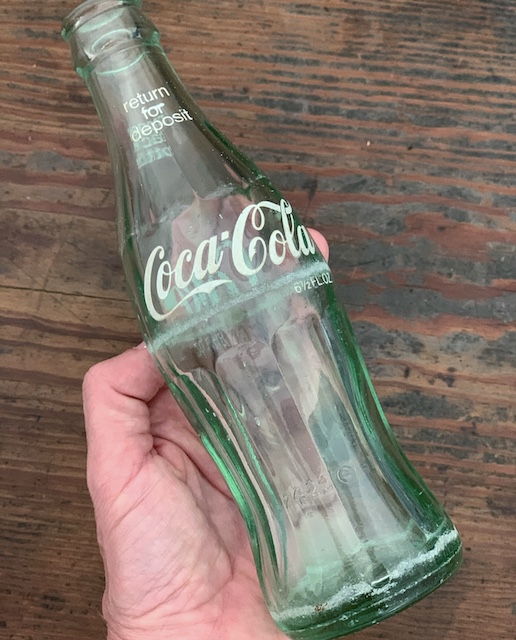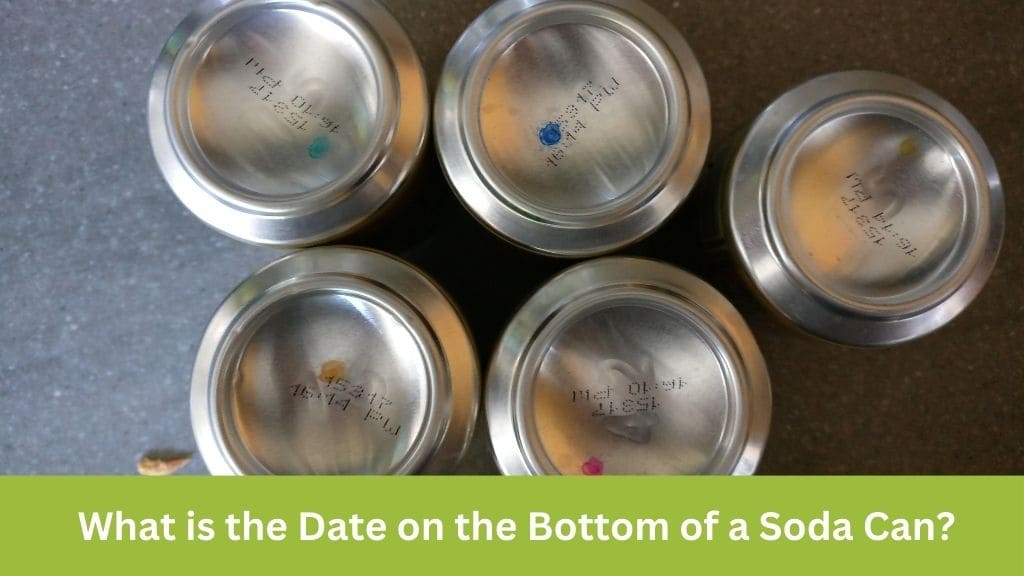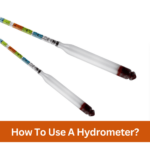When you pick up a soda can from a store shelf, have you ever noticed a date stamped on the bottom? Ever wondered what that date means? In this comprehensive guide, we will explore the intricacies of soda can dating, deciphering the codes and understanding what they signify.
Soda Can Dating
What is the Purpose of the Date Stamp?
The purpose of the date stamp on a soda can is to provide consumers and retailers with information about the freshness and shelf life of the product. It serves as a reference point to ensure that consumers enjoy the soda at its best quality and flavor. The date stamp helps consumers make informed decisions about when to purchase and consume the soda, and it assists retailers in managing their inventory to prevent selling expired products. Overall, the date stamp plays a crucial role in maintaining product quality and ensuring consumer satisfaction.
Types of Date Stamps
Soda manufacturers employ various types of date stamps, including:
- Manufacture Date:
- The manufacture date indicates the date when the soda was produced or manufactured.
- It provides insight into the age of the product and helps consumers and retailers track its freshness.
- Manufacturers typically use a specific format to represent the manufacture date, such as MM DDD Y or MMDDDY, where MM represents the month, DDD or DDDY represents the day of the year, and Y represents the year.
- Understanding the manufacture date allows consumers to gauge the freshness of the soda and make informed decisions about its consumption.
- Sell-By Date:
- The sell-by date denotes the date by which the soda should be sold to ensure optimal freshness.
- It serves as a guideline for retailers to manage their inventory and rotate products to prevent selling expired items to consumers.
- Consumers can use the sell-by date to determine whether the soda is still within its recommended freshness period when making a purchase.
- Sell-by dates are typically represented in various date formats, such as MMMDDYY or MMM DD YY, depending on the manufacturer’s preference.
- Expiration Date:
- The expiration date indicates the date beyond which the soda may no longer be at its best quality or may have expired.
- It serves as a warning to consumers that the soda may taste different or lose its carbonation after the expiration date.
- While consuming soda past its expiration date is not necessarily harmful, it may not deliver the desired taste experience.
- Expiration dates are usually displayed in a similar format to sell-by dates, depending on the manufacturer’s labeling conventions.
Deciphering the Date Code
- Format Variation:
- Manufacturers may use different date formats and coding conventions, making it essential for consumers to familiarize themselves with the specific format used by each brand.
- Common date formats include MMDDYY (month, day, year), MMMDDYY (month abbreviation, day, year), MM DDD Y (month, day of the year, year), and others.
- Understanding the format helps consumers accurately interpret the date code stamped on the bottom of the soda can.
- Manufacture Date vs. Sell-By Date:
- Depending on the manufacturer’s labeling practices, the date code may represent either the manufacture date or the sell-by date.
- The manufacture date indicates when the soda was produced, while the sell-by date suggests the recommended date by which the product should be sold to ensure freshness.
- Distinguishing between these two dates is crucial for consumers to assess the soda’s freshness accurately.
- Additional Codes:
- In addition to the date code, soda cans may feature additional codes or symbols that convey other information, such as production facility codes, batch numbers, or packaging information.
- These additional codes may appear alongside or separate from the date code and serve various purposes, including quality control, traceability, and inventory management.
- Decoding Complexity:
- Some manufacturers use complex coding systems that require decoding to interpret the information accurately.
- This complexity can include abbreviations, alphanumeric characters, or proprietary codes that may not be immediately understandable to consumers.
- Deciphering these codes may involve consulting manufacturer resources, online guides, or customer service representatives for assistance.
- Misinterpretation Risk:
- Due to the variability and complexity of date codes, there is a risk of misinterpretation or misunderstanding among consumers.
- Misreading the date code could lead to incorrect assumptions about the soda’s freshness or shelf life, potentially resulting in wastage or consumption of expired products.
Soda can date codes can vary significantly depending on the manufacturer. Some use straightforward date formats, while others employ complex coding systems. Let’s delve into some common examples:
Common Soda Brands and Their Date Stamps
Coca-Cola

- Cans:
- Coca-Cola cans typically display a sell-by date on the bottom in MMMDDYY format, representing the month abbreviation, day, and year.
- Additional codes may accompany the sell-by date, providing further information related to production or packaging.
- Consumers can use this date to determine the freshness of the soda and its recommended shelf life.
- Bottles:
- Coca-Cola bottles may feature a sell-by date stamped on the cap and neck.
- The cap typically displays the date in MMDDYY format, while the neck may show the date in MMMDDYY format.
- Similar to cans, additional codes may be present on the neck, serving various purposes beyond dating.
Pepsi
- Cans:
- Pepsi cans often have a sell-by date stamped on the bottom in MMM DD YY format, indicating the month abbreviation, day, and year.
- Like Coca-Cola, additional codes may accompany the sell-by date, providing supplementary information.
- Bottles:
- Pepsi bottles follow a similar pattern to Coca-Cola, with a sell-by date stamped on the cap and neck.
- The cap displays the date in MMMDDYY format, while the neck may feature the date in MMM DD YY format.
- Consumers should check both locations for date information and any accompanying codes.
7-Up/A&W

Cans:
- These brands typically include a manufacture date stamped on the bottom of the can in MM DDD Y format, indicating the month, day of the year, and year.
- The shelf life varies for regular and diet sodas, with diet sodas generally having a shorter lifespan.
Canada Dry

Cans:
- Canada Dry cans show a manufacture date in MMDDDY format, accompanied by a Time and Plant Code.
- Similar to other brands, the shelf life differs for regular and diet sodas, with diet sodas typically having a shorter lifespan.
Understanding and Interpretation
- It’s crucial for consumers to familiarize themselves with the specific date stamp formats used by their preferred soda brands.
- By understanding the date codes, consumers can accurately assess the freshness and shelf life of the soda they purchase.
- Additional codes accompanying the date stamp may provide valuable information about production, packaging, or quality control processes.
- Consumers should check the date stamp and any accompanying codes carefully to ensure they are purchasing soda within its recommended freshness period.
Challenges and Considerations
Inconsistencies Among Manufacturers
One of the primary challenges with soda can dating is the lack of standardized date formats across different manufacturers. This inconsistency can confuse consumers and make it challenging to interpret the freshness of the product accurately.
Complexity of Codes
Some soda manufacturers utilize complex coding systems that require decoding. This complexity can lead to misinterpretation and confusion among consumers.
Conclusion
The date stamped on the bottom of a soda can provides valuable information about its freshness and shelf life. By understanding the different date formats and coding systems employed by various manufacturers, consumers can make informed decisions when purchasing soda products. Despite the challenges posed by inconsistencies and complexity, decoding soda can dates is essential for ensuring a refreshing beverage experience.
So next time you pick up a soda can, take a moment to glance at the date stamp and appreciate the insight it provides into the soda’s journey from production to consumption. Cheers to clarity in soda can dating!
I’m Chen Mina, from Vol de Nuit, who has a special passion for bartending, especially mixing wine, beer, and cooktail. Here you will find content about alcoholic beverages, I will bring you knowledge that few people know about this drink.





